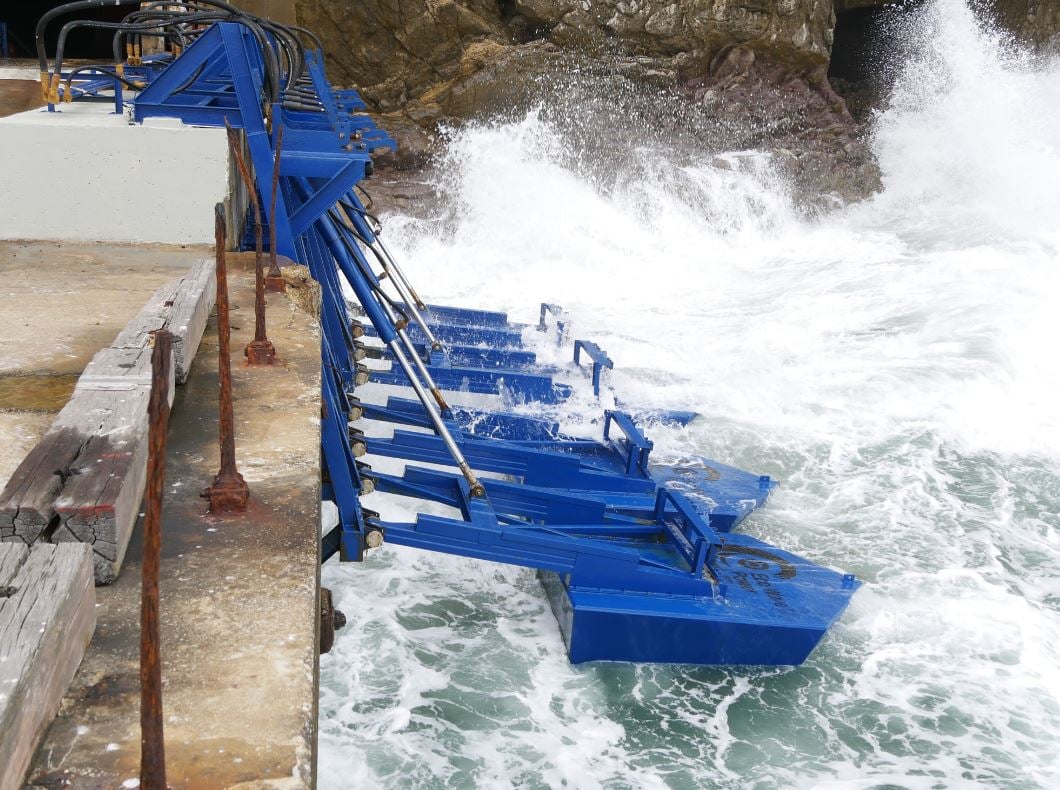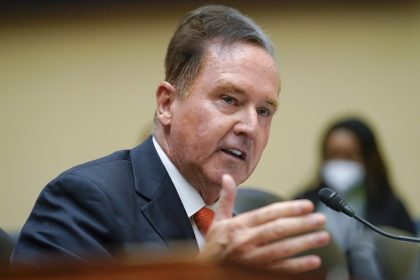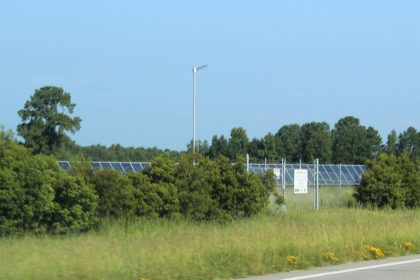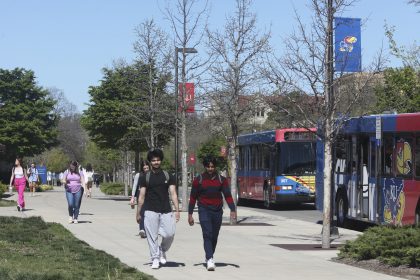California’s Newsom Signs Historic Wave Energy Bill

SACRAMENTO, Calif. — Gov. Gavin Newsom signed a bill into law last week directing the California Energy Commission to evaluate the feasibility, costs and benefits of using wave energy and tidal energy in the state.
Introduced by Democratic state Sen. Steve Padilla, S.B. 605 is believed to be the first legislation in the United States to focus solely on the study and promotion of wave energy.
“Ocean energy is one of the largest untapped sources of renewable energy, and this [legislation] will help us explore its potential to expand our portfolio of clean energy sources,” Padilla said after the measure cleared the state Legislature and headed to Newsom’s desk.
“If we can capture even a fraction of the potential power generated by our oceans, we open the door to exciting energy and employment opportunities,” he said.
Under the new law, the California Energy Commission will work with various state agencies, including the California Coastal Commission, the Ocean Protection Council and other stakeholders to identify suitable locations for wave energy and tidal energy projects in both state and federal waters.
The primary sponsor of S.B. 605 is AltaSea at the Port of Los Angeles, a 35-acre ocean technology campus.
AltaSea will soon be home to some of California’s first wave energy pilot stations, including Eco Wave Power’s first U.S. onshore wave energy pilot station — the first of its kind built in the United States.
AltaSea has also established a coalition of over 30 wave and tidal energy companies to help showcase its potential in California.
“We are grateful that Governor Newsom recognized the vast potential of wave and tidal energy in meeting California’s goals for renewable energy and promoting economic growth through the blue economy,” said Terry Tamminen, president and CEO of AltaSea.
“We are incredibly proud to have sponsored this landmark legislation, and we look forward to working with the California Energy Commission and our partners to showcase the viability of wave energy,” Tamminen added.
S.B. 605 requires the California Energy Commission to produce a written report by 2025 to the governor and the Legislature on their findings, including any “considerations that may inform legislative and executive actions to facilitate, encourage and promote the development and increased use of technologically and economically feasible wave energy and tidal energy technologies, infrastructure and facilities in the state.”
California has established 2045 as its deadline to achieve a carbon-free energy grid. The National Renewable Energy Laboratory has estimated that wave and tidal energy could meet roughly 30% of the nation’s energy needs.
The NREL report also found that California’s outer continental shelf has the potential wave energy resources to power 13 million homes.
Dan can be reached at [email protected] and @DanMcCue

























